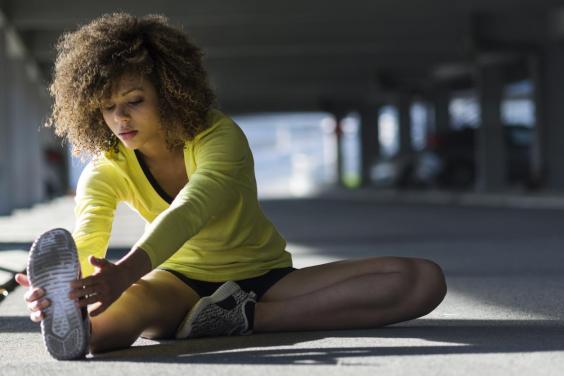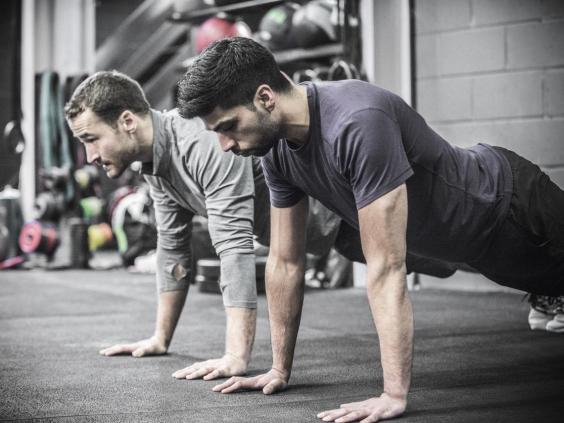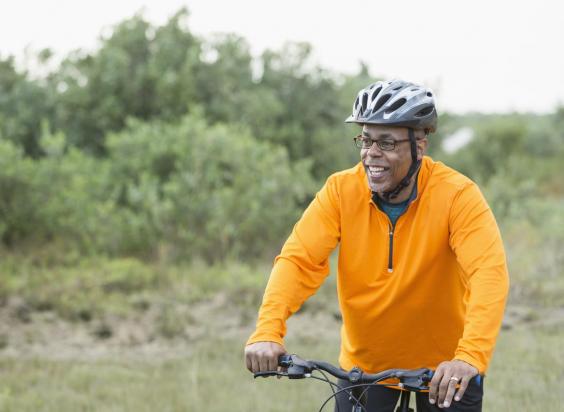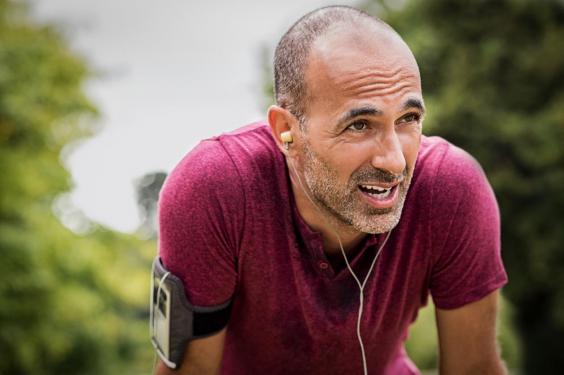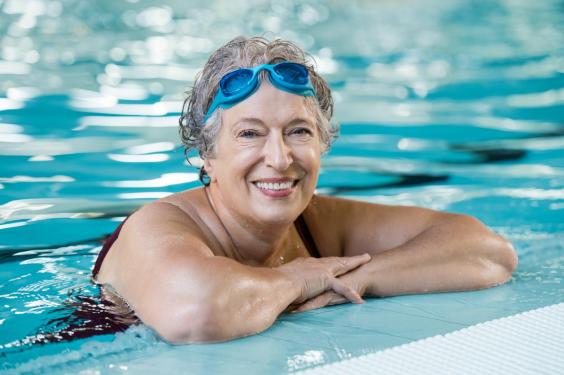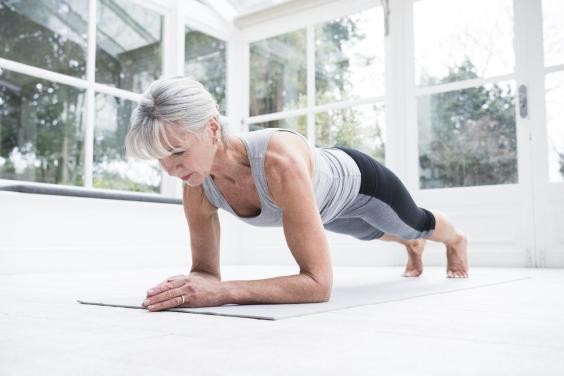Expert health writers have paired the different exercises you should to suit your age.
While inactivity can be reversed by taking up exercise, having a life long programme will have much better health benefits.
Think of it as saving, by being healthier now to give you a better life when you’re retiring.
20s
The muscle strength you build up in your 20s can stay with you into old age.
The book also recommends these activities for at least 30 minutes:
- Lifting weights
- Pushups
- Lunges
20 somethings should aim to exercise for two to three hours per week, a comfortable 8 reps at least, and no more than 12.
30s
Exercises for your 30s should mix upper and lower body strengths, so if you’re already doing some of these, try the others:
- Cross-training
- Cycling
- Running
- Swimming
- Yoga
- Tai chi
- Dancing
Stretching is also important, and Knopf suggests heel to toe walks.
40s
Muscle strength drops in both men and women – specifically for men this can be by as much as five to eight per cent.
- Weight lifting
- Consistent exercise
This second tip isn’t a specific action, but keeping up regular exercise will help fight off stress, which your hormones kept at bay in earlier years.
50s
Try these exercises:
- Pilates
- Yoga
- Aerobics
The first two of these will help with back strength, and stopping your posture from curving forward, as tends to begin around this age.
60s
Having greater body strength will improve your chances when you take a tumble, avoiding hip fractures.
Good exercises to keep up are:
- Weight lifting (at least once, ideally two or three times per week for 30 minutes).
- Alternate between upper body and lower body.
- Zumba
- Water aerobics
70s
In classes for over 70s run by Knopf, he says that exercises from earlier in life are repeated, but done around a chair.
- Arm raises with resistance bands
- Leg lifts
- Aerobics (chair based)
- Stretching
One is never too old to benefit from exercise.

